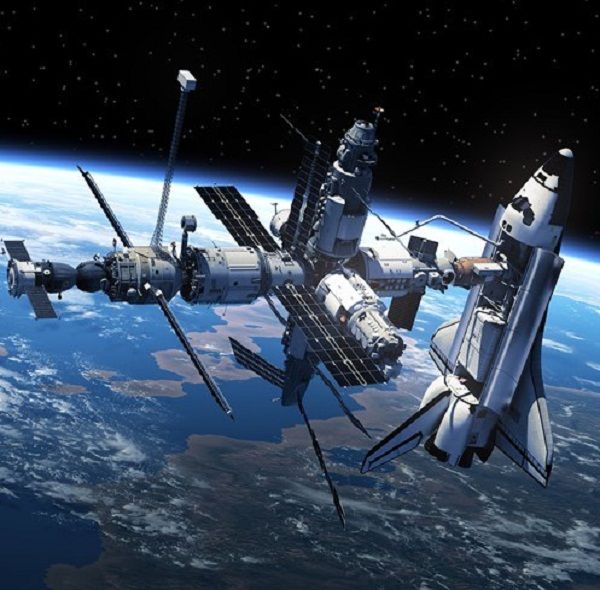Experiments on mice aboard the International Space Station (ISS) have revealed health risks that humans could face on. long-distance space flights.
A team from Osaka Metropolitan University studied the biological effect of the phenomenon by launching frozen mouse embryonic stem cells from the ground to the ISS, exposing them to space radiation for over four years, and quantifying the biological effect by examining chromosome aberrations.
Their experiment results show, for the first time, that the actual biological effect of space radiation mirrors predictions previously made by other researchers.
Scientists have been conducting intensive studies to measure physical doses of space radiation to better understand its effect on the human body.
However, since most of the studies until now were conducted on the ground, not in space, the results suffered from uncertainties, given that space radiation consists of many kinds of particles with different energies, and astronauts are continuously irradiated with low-dose rates. The actual space environment cannot be precisely reproduced on the ground.
“Our study aims to address the shortcomings of previous ground-based experiments by performing a direct quantitative measurement of the biological effect of space radiation on the ISS and comparing this real biological effect with physical estimates in the ground-based experiments,” said Takashi Morita, a professor at the Graduate School of Medicine, Osaka Metropolitan University.
“The findings contribute to reducing uncertainties in risk assessments of human space flights.”
The team prepared about 1,500 cryotubes containing highly radio-sensitised mouse embryonic stem cells and sent them to space.
Their study was complex in its scope, with seven years of work before launch, four years of work after launch, and five years for analysis.
“It was difficult to prepare the experiment and to interpret the results, but we successfully obtained quantitative results related to space radiation, meeting our original objective,” Professor Morita added.
“For future work, we are considering using human embryonic stem cells rather than mouse embryonic stem cells given that the human cells are much better suited for human risk assessment, and it is easier to analyse chromosome aberrations.”
Future studies might also include launching individual mice or other experimental animals to analyse their chromosome aberrations in space.
“Such experiments in deep space can further contribute to reducing uncertainties in risk assessments of prolonged human journeys and stays in space,” concluded Professor Morita.
A previous study showed that long-term spaceflight could cause serious harm to the immune systems of astronauts.
Source: E&T










